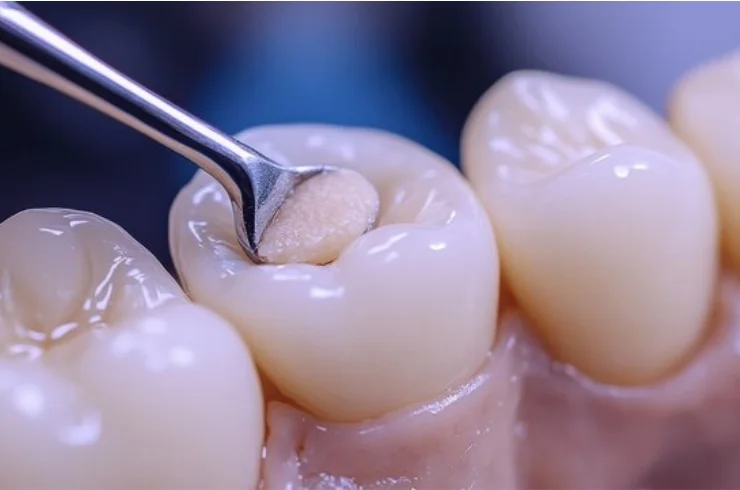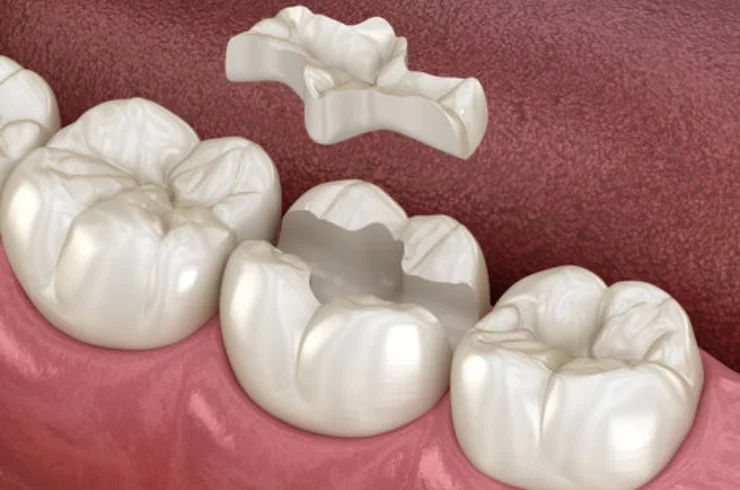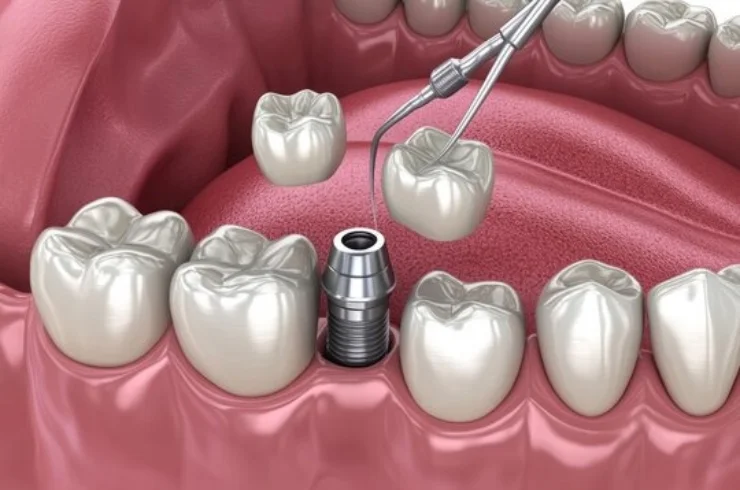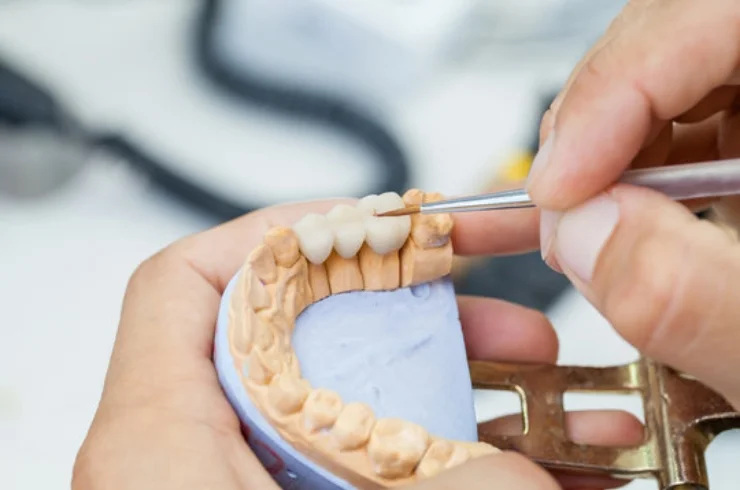
- Hyderabad, India
- +91-9121142043
- dr.meher83@gmail.com
- Book An Appointment


Tooth-colored fillings, also known as composite fillings, are a popular choice for restoring teeth affected by decay or damage. At THC Dental Centre, we prioritize aesthetic dentistry that not only enhances your smile but also ensures strong and durable results. Here’s what you should know about tooth-colored fillings:

Inlays and onlays are conservative dental restorations used to repair teeth that have experienced decay or damage while preserving as much natural tooth structure as possible. At THC Dental Centre, we offer these customized restorations to restore both function and aesthetics to your smile. Here’s everything you need to know about inlays and onlays:

Root canal treatment is a dental procedure designed to save a tooth that is severely decayed or infected. At THC Dental Centre, we understand that the idea of a root canal can be intimidating, but our skilled team is dedicated to making the process as comfortable and straightforward as possible. Here’s everything you need to know about root canal treatment:
Root canal therapy involves the removal of the infected or inflamed pulp inside the tooth. The pulp contains nerves and blood vessels that can become compromised due to deep cavities, trauma, or cracks in the tooth. Once the pulp is removed, the tooth is cleaned, disinfected, and sealed to prevent further infection.
Root canal treatment may be necessary in the following situations:
The root canal procedure typically involves the following steps:
After the procedure, you may experience some discomfort or mild swelling, which can be managed with over-the-counter pain relievers. It is essential to follow your dentist’s post-treatment care instructions:
If you are experiencing any of the symptoms described above or have questions about root canal treatment, please contact THC Dental Centre to schedule a consultation. Our team is here to help you achieve optimal oral health and comfort.

Dental crowns and bridges are restorative treatments that help improve the function and appearance of your teeth. At THC Dental Centre, we offer personalized solutions to address various dental issues, ensuring you regain your confidence and smile. Here’s what you need to know about dental crowns and bridges:
A dental crown is a custom-made cap that is placed over a damaged or decayed tooth to restore its shape, size, strength, and appearance. Crowns can be made from various materials, including porcelain, ceramic, metal, or a combination of these, depending on the location of the tooth and your aesthetic preferences.
Crowns are used in several situations, including:
The process of getting a dental crown generally involves the following steps:
A dental bridge is used to replace one or more missing teeth by bridging the gap between the remaining teeth. It typically consists of two or more crowns (abutment teeth) on either side of the gap, with one or more false teeth (pontics) in between.
Dental bridges are suitable when:
The process for getting a dental bridge is similar to that of a crown and involves several steps:
If you have damaged or missing teeth and are considering options for restoration, contact THC Dental Centre to schedule a consultation. Our experienced team will work with you to determine the best treatment for your needs.